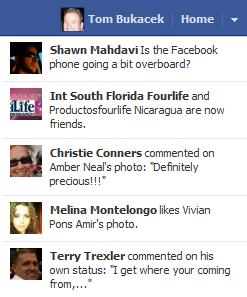
Facebook Real Time Ticker and the Affects on Marketers
Recently, Facebook has made some significant changes to the site’s design and functionality. These changes have had an impact on how marketing content and ads reach users. Perhaps the biggest change was redesigning the home page, scrapping the two-tabbed news feed interface in favor of a single combined Facebook News feed with a Ticker of real-time updates on the side. This new Facebook News Feed changed in mid September, which has given Facebook time to analyze how marketers have been affected by this new program. EdgeRank Checker provided the following results:
Following Facebook’s recent changes to the Facebook news feed, Pages are receiving 21% more comments and 9% more Likes, though 25% fewer impressions per post, according to a study by Page analytics provider EdgeRank Checker. Facebook had redesigned the home page to merge the Top News and Most Recent feeds into a single hybrid news feed in September.
EdgeRank Checker ran a preliminary analysis of the same data after just one week of complete data following the changes. At that point, impressions were down 33%, Likes up 18%, and comments up 17% versus before the changes. The new numbers should be more accurate as they are based on the same data as the first study plus an additional week of reporting. http://www.insidefacebook.com/2011/10/11/facebook-news-feed-changes/
Facebook News Feed | What does this mean?
So why have the Facebook News feed statistics changed?
First, why the big drop in impressions? Prior to the Facebook News feed change, some users would only visit the Most Recent news feed tab where they would view a more relevant stream of updates from all their Liked Pages and friends. With the new changes, this Most Recent news feed is gone, and the removal of this feed is likely the cause of the 25.15% reduction in impressions per Page post.
This is also probably the biggest reason that comments and likes seem to be increasing because when a user engages with a post(commenting, liking, and re-sharing), the post then becomes more relevant, and therefore, more visible to others on Facebook. Therefore, engaging posts will surface quickly while un-engaging posts sink just as fast. With more relevant or higher valued posts immediately available, it’s possible that users may also just be scrolling through much less of the news feed because they more quickly find engaging updates.
Facebook News Feed | How often should we post?
One of the drawbacks for marketers is that posts aren’t lasting very long under the new Facebook News Feed. Here’s a report by PageLeveler detailing the lifespan of the average Facebook post:
PageLever ran a limited study of 20 posts from five Facebook Pages with over 1 million fans. It found that that average lifespan of a Page post in the news feed was 22 hours and 51 minutes. The median lifespan was 19 hours and 30 minutes. These figures were based on when posts ceased to receive Likes and comments. Posts continued to receive impressions for a slightly longer period of time, but the bulk of feedback occurs within the first 20 hours of a post’s lifespan. http://www.insidefacebook.com/2011/10/11/facebook-news-feed-changes/
While the rise of high-impact posts will do a lot to increase interactions, most users will, unfortunately, only see the content once. Since the hybrid feed prioritizes content that the user hasn’t seen yet (i.e., that was posted since their last visit), even a highly engaging post will fall from the line of sight after one exposure.
What should your new Facebook posting strategy be focusing on:
- Creating the most engaging content possible.
- Avoiding boring articles.
- Posting more frequently due to shorter life span of post.
- Avoiding ‘spamming’ people.
- Creating a long-term relationship with customers by prompting or incentivizing repeat interactions.

